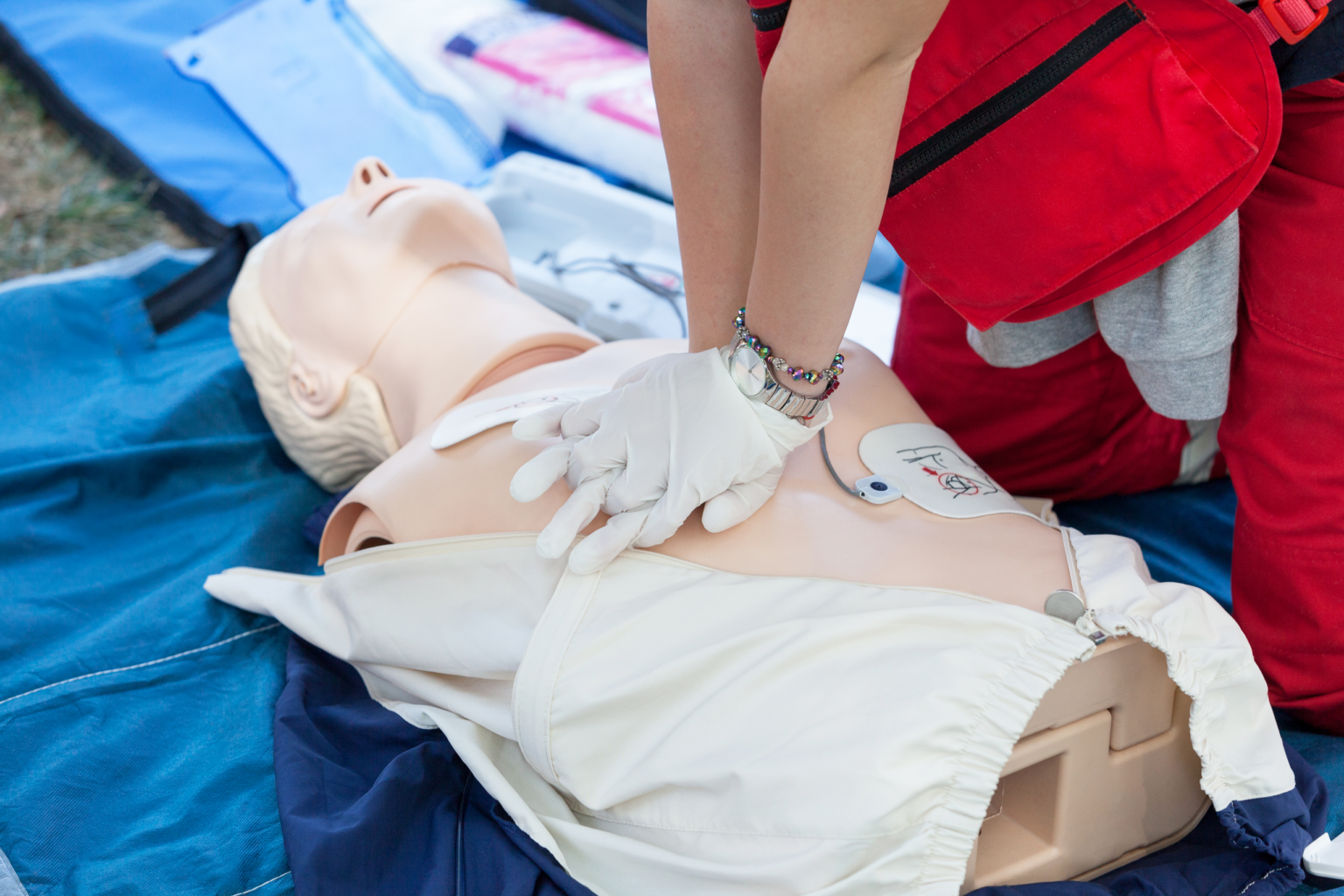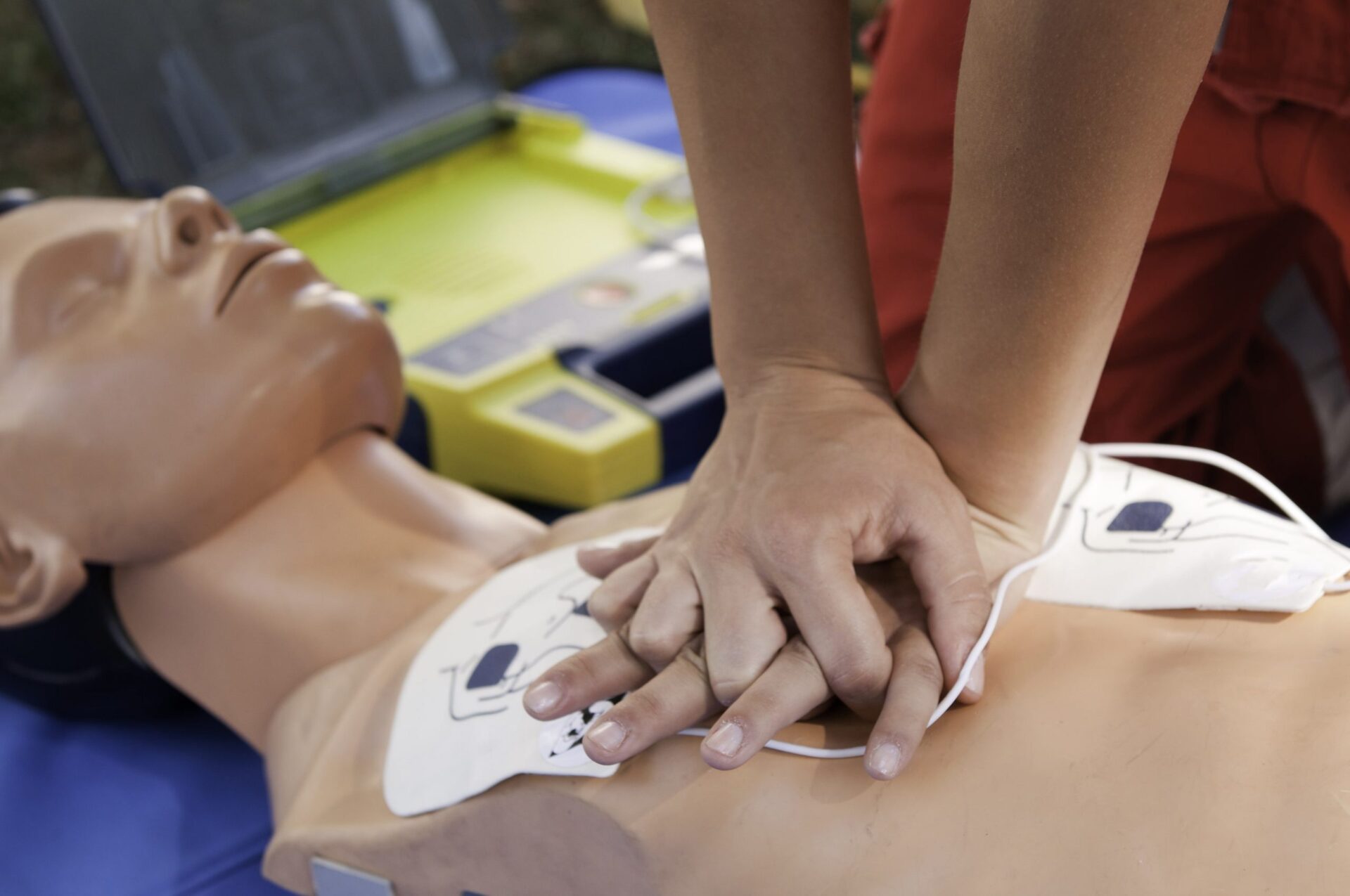As Basic Life Support (BLS) providers, healthcare workers encounter patients of all backgrounds and behaviors. Providing BLS becomes even more challenging when handling violent patients. This difficult task requires the utmost caution and careful management.
This post discusses the importance of managing violent patients and how BLS healthcare provider certification can help prepare medical workers for such situations.
Dangers Of Administering Basic Life Support To Violent Patients
Violent patients can create an unpredictable and hazardous environment for healthcare providers. They may become hostile or aggressive due to various factors such as mental illness, substance abuse, or enduring physical pain. When healthcare providers perform BLS on a violent patient, they risk physical harm with every action they take. Simply touching a patient can trigger an attack, leading to injuries such as lacerations, fractures, or worse.
Precautions Healthcare Providers Should Take When Performing BLS On Violent Patients
The most crucial aspect of managing violent patients is to ensure the safety of both the patient and the healthcare provider. Healthcare providers must have proper training and knowledge to handle these situations effectively.
They must always be aware of their surroundings, maintain a safe distance from the patient, and never turn their back on the patient. They need to communicate clearly, use a calm and reassuring tone, and avoid making sudden movements.
How BLS Certification Can Prepare Healthcare Providers For Violent Patients
BLS certification helps prepare healthcare providers for dealing with violent patients. The certification courses provide knowledge and skills on managing patients with varying behaviors, including violent patients. Healthcare providers learn to assess the patient’s condition, administer first aid, and perform cardiopulmonary resuscitation (CPR). The certification courses also provide guidance on how to handle a volatile situation to avoid further escalating it.
BLS For Healthcare Providers
At ACLS.com, we offer BLS certification courses designed explicitly for healthcare providers. These courses emphasize the essential cognitive skills of BLS, including providing basic life support, recognizing several life-threatening emergencies, providing chest compressions, and using automated external defibrillators (AED)s.
As a healthcare provider, you must have the skills and knowledge to respond to emergencies and save lives. Basic Life Support is a fundamental training program that helps healthcare providers to recognize and respond to cardiac arrest, respiratory arrest, and other life-threatening emergencies.
Doctors, nurses, paramedics, and other clinical staff who respond to medical emergencies need training in BLS for healthcare providers. The training program follows the latest American Heart Association (AHA) guidelines and covers essential skills such as chest compressions, rescue breathing, and defibrillation.
Healthcare providers are required to take a BLS course every two years to maintain their skills and stay up-to-date with the latest advancements in emergency care. Our BLS course consists of both theoretical and practical components. Students will learn critical theories and concepts through interactive lectures and videos.
The practical component includes hands-on training with mannequins to simulate real-life scenarios, allowing healthcare providers to gain confidence and mastery of the techniques.
Some of the essential skills and concepts covered in BLS training include the following:
Cardiopulmonary Resuscitation (CPR)
BLS teaches the basics of CPR, including chest compressions for adults, children, and infants, as well as rescue breathing.
Automated External Defibrillator (AED)
Healthcare providers train to use an AED to analyze and shock the heart to restore its rhythm.
Airway Management
BLS covers techniques for opening and clearing an obstructed airway in a patient struggling to breathe.
Team Dynamics
Healthcare providers learn to work together efficiently and effectively as a team during an emergency.
Special Considerations
The BLS course also covers special considerations such as violent patients or patients experiencing opioid-related emergencies, stroke, and heart attack.
BLS for healthcare providers is a must-have training program for any healthcare facility. It keeps you up-to-date with the latest advances in emergency care and gives you the confidence and skills to respond effectively to life-threatening situations. By taking a BLS course, healthcare providers can help save lives and provide the best possible care for their patients.
ACLS.com’s Online Healthcare Providers BLS Certification
ACLS.com online BLS healthcare provider certification courses provide an efficient and convenient way to learn how to manage violent patients while administering BLS. The courses provide the same knowledge and skills as traditional in-person courses but at the student’s pace.
The Benefits Of Online BLS Healthcare Provider Certification
Online BLS certification courses offer several benefits to healthcare providers. They can complete the course at their own pace, allowing for better retention of the information. Healthcare providers can complete the course within two hours, making it less disruptive to their schedules. You can access the online course 24/7, allowing for flexibility and convenience. Online courses also often cost less and thus provide better value than in-person courses.
ACLS.com provides online certification courses for healthcare providers. We offer BLS, ACLS, PALS, and Neonatal Resuscitation certification courses, ensuring that healthcare providers adequately understand how to handle various patient emergencies. With these online courses, ACLS.com enables healthcare providers to access certification courses easily, conveniently, and affordably. Our commitment to quality and accessibility makes us an excellent choice for healthcare professionals seeking certification.
Healthcare providers must prepare to handle violent patients effectively. BLS certification courses provide the knowledge and skills necessary to manage violent patients, ensuring both the healthcare provider’s and patient’s safety.
FAQs About Managing Violent Patients as a BLS Provider
If you want to know more about providing BLS to violent patients, check out these answers to some commonly asked questions.
What is a violent patient?
A violent patient is someone who displays aggressive or intimidating behavior toward others, including healthcare providers.
What are some common causes of violent behavior in patients?
Several factors contribute to violent behavior in patients, including mental illness, drug or alcohol use, pain or discomfort, anxiety or stress, and past experiences of trauma or abuse.
How can BLS providers manage violent patients?
BLS providers can manage violent patients by first ensuring their own safety and the safety of others around them. Providers should try to de-escalate the situation by staying calm, speaking softly, using non-threatening language, and avoiding physical contact or gestures that the patient may perceive as aggressive. If necessary, providers may need to involve law enforcement or other security personnel to help manage the situation.
What should BLS providers do if they feel threatened by a patient?
If a BLS provider feels threatened by a patient, they should immediately remove themselves from the situation and call for backup or assistance from other healthcare providers or security personnel. Providers should make their safety, and the safety of others, their top priority in a violent situation.
Are there any special considerations for managing violent pediatric patients?
Yes, managing violent pediatric patients may require extra sensitivity and communication skills. Providers should remain calm and provide clear instructions while also being mindful of the child’s developmental level and emotional state.
Parents or guardians should be involved in the process wherever possible, and providers may need to use distraction techniques or other non-pharmacological interventions to manage the child’s behavior.
Do BLS providers receive training on managing violent patients?
Yes, BLS providers should receive training on managing violent patients as part of their certification or continuing education requirements. This training may cover topics such as recognizing warning signs of violent behavior, safe patient handling techniques, de-escalation strategies, and legal considerations for managing violent behavior.
Recommended Articles

CPR Practice Test
Want to test your knowledge of CPR? Take our free practice exam and test your knowledge.




